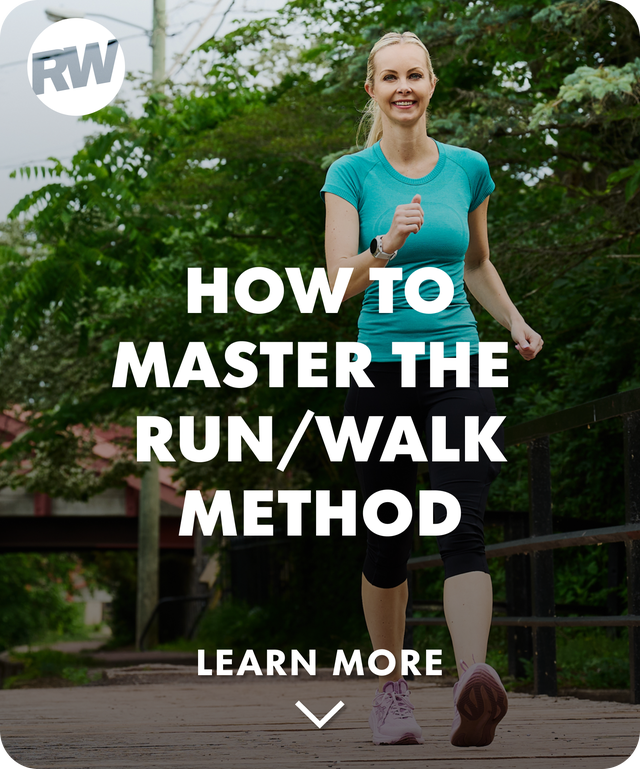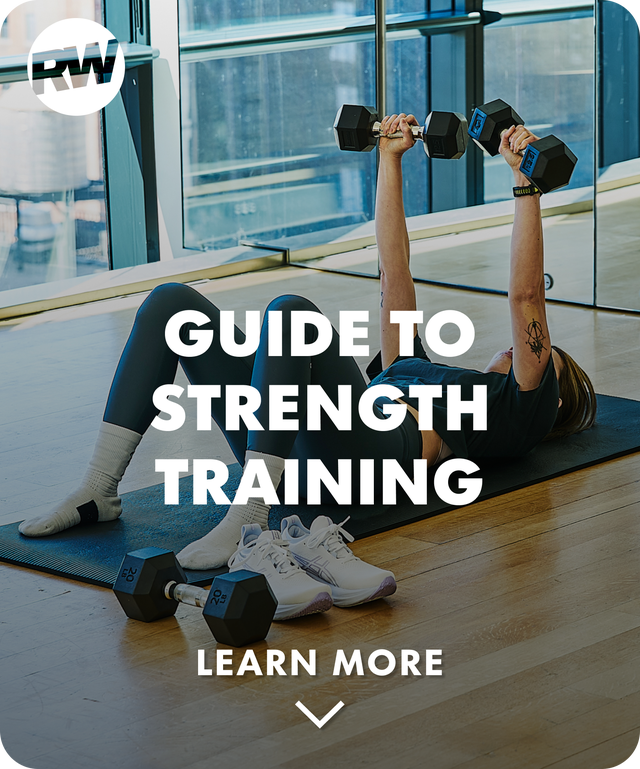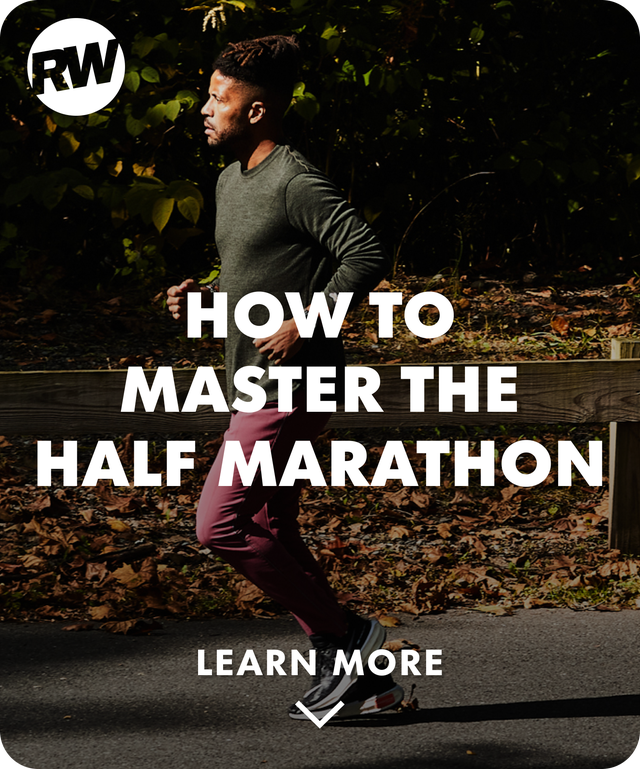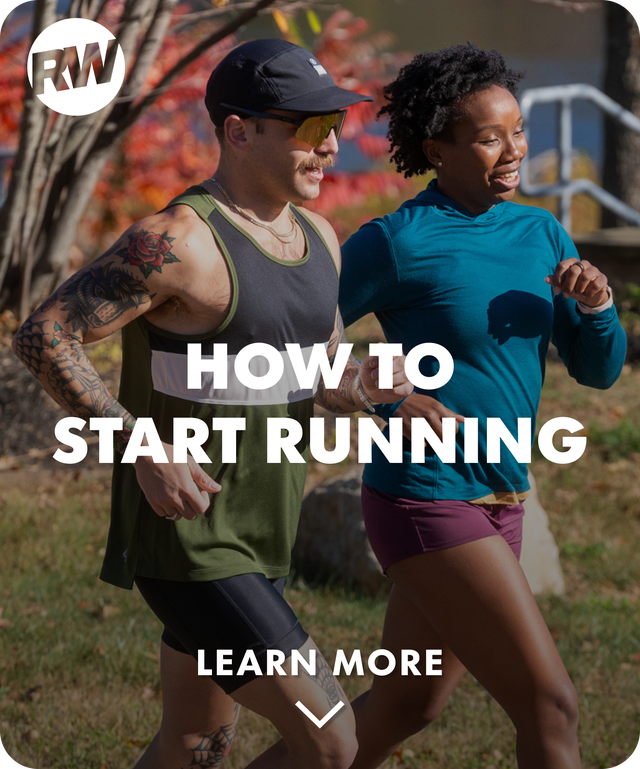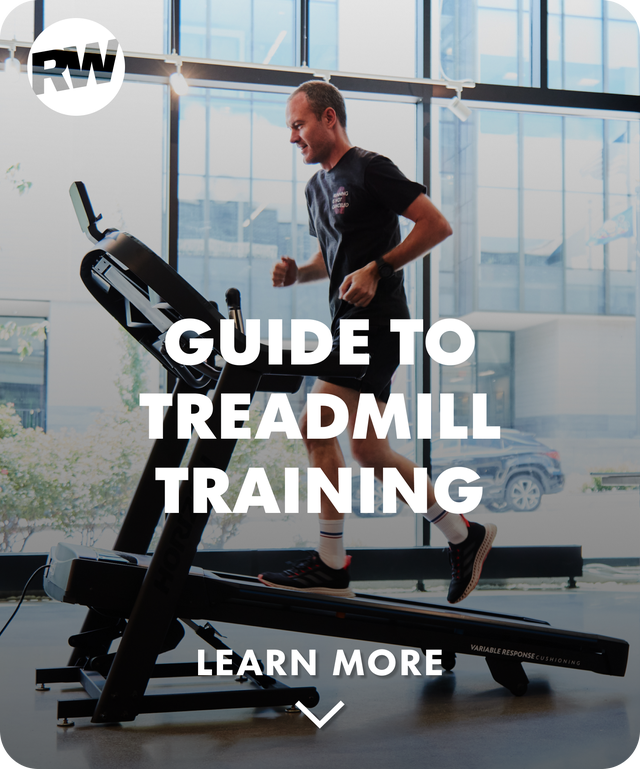Most runners want to get faster, and while you may think you need to navigate a complicated training plan to do so, you will be happy to know that one of the most effective ways to get faster is surprisingly simple: repeat your speed workout.
Speed workouts don’t have to be varied or complicated to be productive. In fact, repeating the same one allows you to better understand how your body responds to effort, which will in turn, help you refine your pacing and see measurable progress. We’ll dive into exactly why this strategy works and share two go-to speed workouts that are perfect for replication.
Why should I repeat my speed workout?
Repeating a speed workout on a regular basis reinforces consistency, which is a pillar of long-term progress. The more often you do the same workout, the more familiar it becomes—physically and mentally. Then, over time, you will refine your execution and truly benefit from it.
In comparison, running the same pace all the time in zone 3 or not trying speedwork during training makes it easy to miss the mark on pacing or distance when you get to your race. Most training plans only include one or two hard sessions a week, so each one counts.
Getting control of your paces via speedwork—not running too fast, not running too slow, or not gassing out after a few reps—will push your progress. And having a similar speed session each week or two allows you to measure how your training is going. Even improving on interval splits by a few seconds week over week is a big achievement and a mental boost.
You get to dial in your effort, nail the pacing, and adapt more efficiently over time with consistent speed workouts.
What is a good speed workout to repeat?
Standard interval workouts, such as 400- or 800-meter repeats, are ideal for weekly running, Greg Grosicki, Ph.D. previously told Runner’s World. “Do the same workout the following week and try to beat your time,” Grosicki continued. If you beat your record without a problem, add another interval or extend the distance to 1200-meter or one-mile repeats.
The right speedwork is tied to your running distance goal. Runners focused on shorter distances like the mile to 10K, should try the 400-meter interval workout, run at 5K pace. That’s fast—roughly an 8 or 9 on the rate of perceived exertion (RPE) scale, where 10 is an all-out effort. On the other hand, Yasso 800s focus more on speed endurance and are done at a comfortably hard tempo pace—around a 7 to 8 out of 10 RPE—and those are perfect for runners aiming for a half or full marathon.
Run Your Best 5K With These Plans
400-Meter Repeats
Why it works:
There are seemingly endless variations of 400-meter interval workouts, but this is ideal for beginners. “It’s a very recognizable distance for someone to attack,” Andrew Lemoncello, former Olympic steeplechase runner and current RRCA-certified run coach with McMillan Running, previously told Runner’s World. “You really can learn how to run quicker through the reps over time and you can find what works well for you and what allows you to get through the workout as strong as possible.”
How to do it:
- 15- to 20-minute easy warmup jog with form drills and strides
- 12-20 x 400 meters at 5K pace (8-9 RPE) with 200-meter recovery jog between
- 15- to 20-minute easy cooldown jog and stretching
Yasso 800s
Why it works:
Bart Yasso, former Chief Running Officer of Runner’s World, and an iconic figure in the running community, popularized this workout to help marathon runners predict their finish line time. The idea behind Yasso 800s is that the average finishing time of eight to 10 800-meter repeats in minutes and seconds can be a good indicator of your potential marathon finishing time in hours and minutes. Each time you repeat this workout, you can see your fitness level increase as your average time drops.
How to do it:
- 1-3 mile easy warmup jog
- 8-10 x 800 meters at threshold pace (7-8 RPE)
- 1-3 mile easy cooldown jog with stretching
Matt Rudisill is an Associate Service Editor with the Hearst Enthusiast Group. A Nittany Lion through-and-through, Matt graduated from PSU in 2022 with a degree in journalism and worked in communications for the university's athletic department for the past three years as the main contact and photographer for its nationally-ranked cross country and track & field teams. Matt was also heavily involved in communications efforts for the Penn State football team’s 2024 College Football Playoff run as well as the Nittany Lion men’s basketball team’s 2023 NCAA Tournament appearance. In his role with Hearst’s Enthusiast Group, Matt contributes to both Runner’s World and Bicycling magazines, creating service content to benefit runners and cyclists of all ages. When he’s not out jogging, Matt can be found tweeting bad takes about the Phillies or watching movies.

